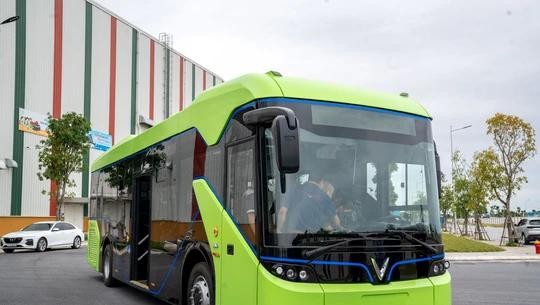
During a working session with Prime Minister Pham Minh Chinh, Secretary Nguyen Van Nen of the municipal Party Committee acknowledged the ongoing confusion in ensuring safety for agencies and departments despite having specific mechanisms in place.
This concern was raised in light of the city's socio-economic development and the one-year implementation of the National Assembly’s Resolution 98/2023/QH15 regarding the pilot of certain special mechanisms and policies for Ho Chi Minh City.
Hence, it remains imperative to persist in reviewing all documents and regulations while implementing the Resolution 98 despite any procedural obstacles encountered, including those arising after the release of Government's Decree 84 on the pilot decentralization of state management for the city government.
Additionally, it is essential to summarize the 40-year renovation process, drawing lessons and experiences from the recent implementation of resolutions such as the Politburo’s Resolution 24 on economic and social development and national defense and security in the Southeastern region until 2030, with a vision to 2045, the Politburo’s Resolution 31 on Ho Chi Minh City’s development until 2030, with a vision to 2045, and the National Assembly’s Resolution 98.
On the other hand, the integration of the Decree 84 across eight fields and issues is also necessary to create a handbook for reference and guidance for departments, especially in areas related to construction, investment attraction, environmental resources, and capital mobilization.
Furthermore, the execution process can apply incentive mechanisms in the spirit of Conclusion 14 by the Politburo, combining new points from Resolution 98 to address long-standing issues, including stalled projects with legal complications.
Specifically, three outstanding cases requiring definitive resolution are related to the Thu Thiem New Urban Area, SCB Bank, and flood control projects. Broadly, unlocking these resources—both human and financial—will foster a healthy flow within the infrastructure, economy, and people.
When the legal scope widens, it will simultaneously be applied in practice and mobilize resources through various channels, from public investment to piloting public-private and public-public cooperation models; especially for social housing, education, healthcare, and cultural institutions projects.
In the complex and volatile situation of global geo-political and economic dynamics, the requirement is to both seize rare opportunities and proactively develop a policy framework to attract strategic investors. It is necessary to focus on each step, that is, to quantify according to each stage, to produce specific outcomes in order to enhance persuasiveness and to continue inviting investment in projects, works, and activities related to digital infrastructure, green transportation, and green energy.
In addition, in conjunction with Directive 12 of the People's Committee of Ho Chi Minh City regarding the seven groups of solutions for the city's economic growth, especially the group of solutions to promote new growth drivers, it is essential to expedite the construction, approval, and implementation of the Ho Chi Minh City traffic emission reduction project.
It is noteworthy that through practical research in various countries and the contributions made at the seminar on this topic recently organized by the People's Council of Ho Chi Minh City, to develop green transportation, it is necessary to select representative areas to serve as focal points that can spread to the surrounding regions, creating low-emission zones.
Clearly, Can Gio district is the most suitable locality to choose as a pilot for the transition of public transportation and policies to encourage people to use and switch from gasoline motorbikes to electric motorbikes, and electric bicycles.
Once again, this can be seen as the starting point of the second renewal period, with Ho Chi Minh City being one of the two driving factors of national growth.
Regarding leadership methods, operational mechanisms, adjustments to the overall planning, and the restructuring of key economic pillars and the labor market all the conditions are in place—through guiding resolutions—for Ho Chi Minh City to enter the new era.
More than a year after implementing Resolution 98, it has also been a time for Ho Chi Minh City to begin breaking down barriers, overcoming its own limitations, and proactively and decisively engaging for the lives of its citizens and businesses. This is the highest responsibility of the city towards the entire country.

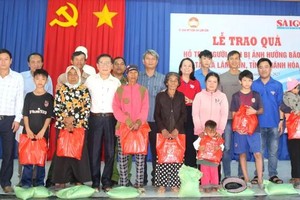



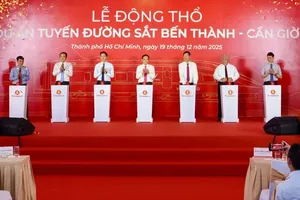



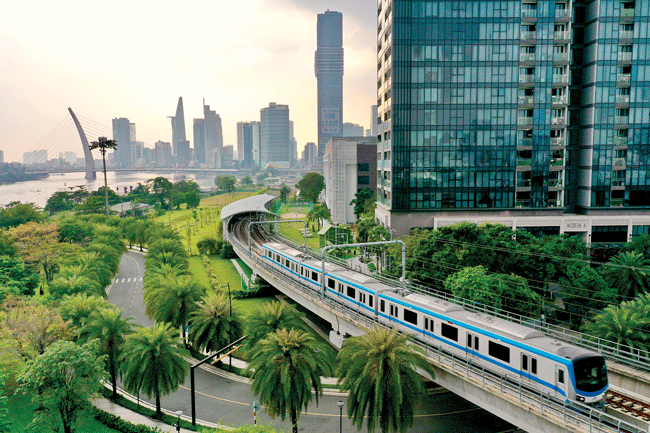
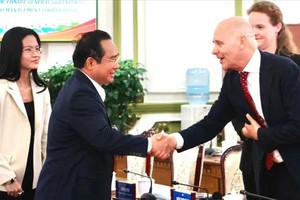


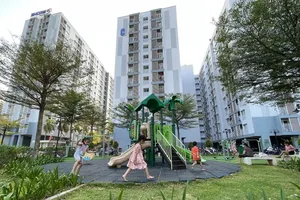

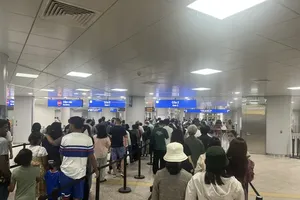
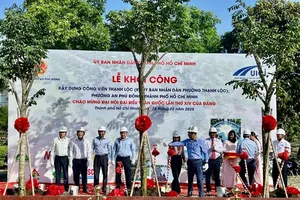
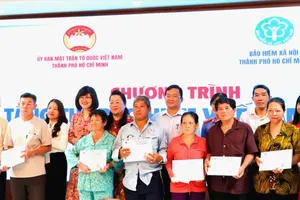
)





